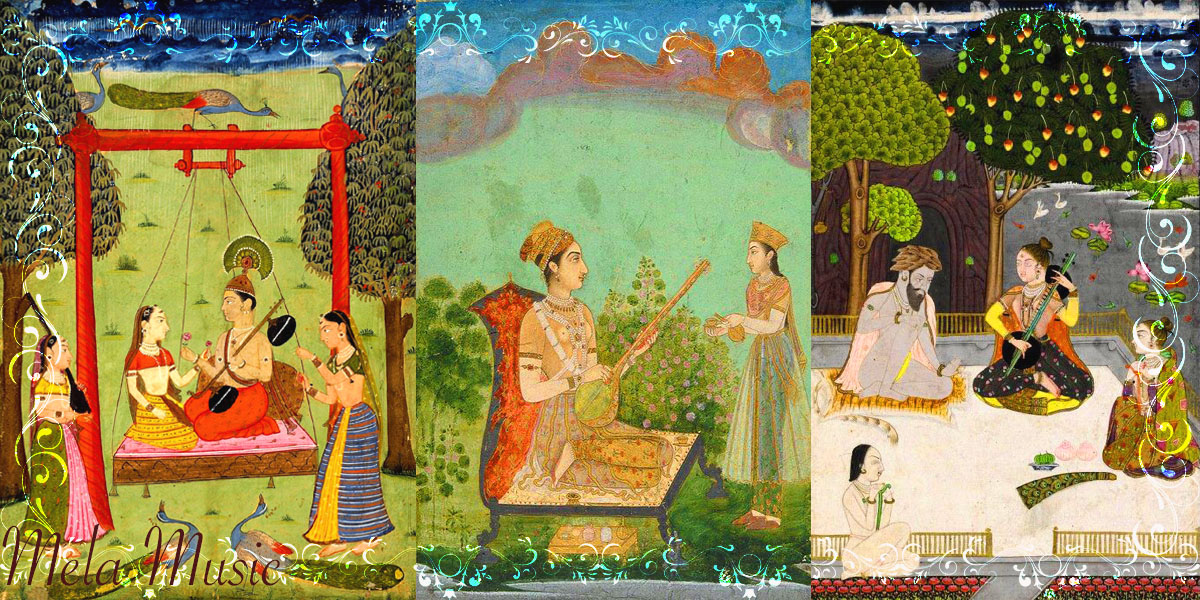
In Indian classical music, “Pukar” refers to a vocal or instrumental technique where the musician calls out or plays a distinct and attention-grabbing musical phrase or motif. This technique is used to draw the listener’s focus and create a dramatic or emotional impact within the performance.
Key points about “Pukar” in Indian classical music:
1. Attention-Grabbing: Pukar is a powerful tool employed by musicians to command the audience’s attention. It is often used to mark the beginning or transition of a specific section within a composition or to signal a significant moment in the performance.
2. Distinctive Phrase: The Pukar is typically a unique and recognizable musical phrase that stands out from the surrounding melodies. It may be characterized by its rhythmic pattern, melodic contour, or ornamentation.
3. Emotional Emphasis: Musicians use Pukar to convey a particular emotion or mood within the music. The choice of Pukar and the way it is executed can influence the emotional impact of the performance.
4. Variation: Depending on the style of Indian classical music (e.g., Hindustani or Carnatic), the use of Pukar can vary. In Hindustani music, for instance, it might involve a vocal call or a series of fast, intricate musical phrases on an instrument like the sitar or tabla.
5. Improvisational Element: Pukar is often used as an improvisational element, allowing the performer to showcase their creativity and virtuosity. It can add excitement and unpredictability to the performance.
6. Cultural Significance: Pukar is a technique deeply rooted in the cultural and artistic traditions of Indian classical music. It reflects the performer’s ability to communicate and engage with the audience on a profound level.
Overall, Pukar serves as a dynamic and expressive element within Indian classical music, enriching the performance and captivating the listener’s attention through its distinctive and emotive qualities.
Content Provided By: Sangeetpedia
